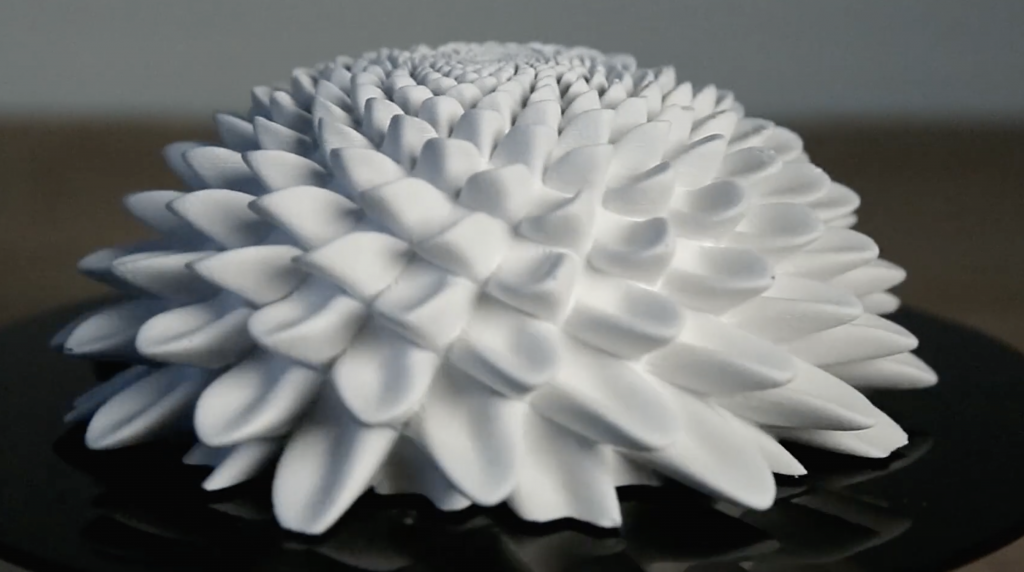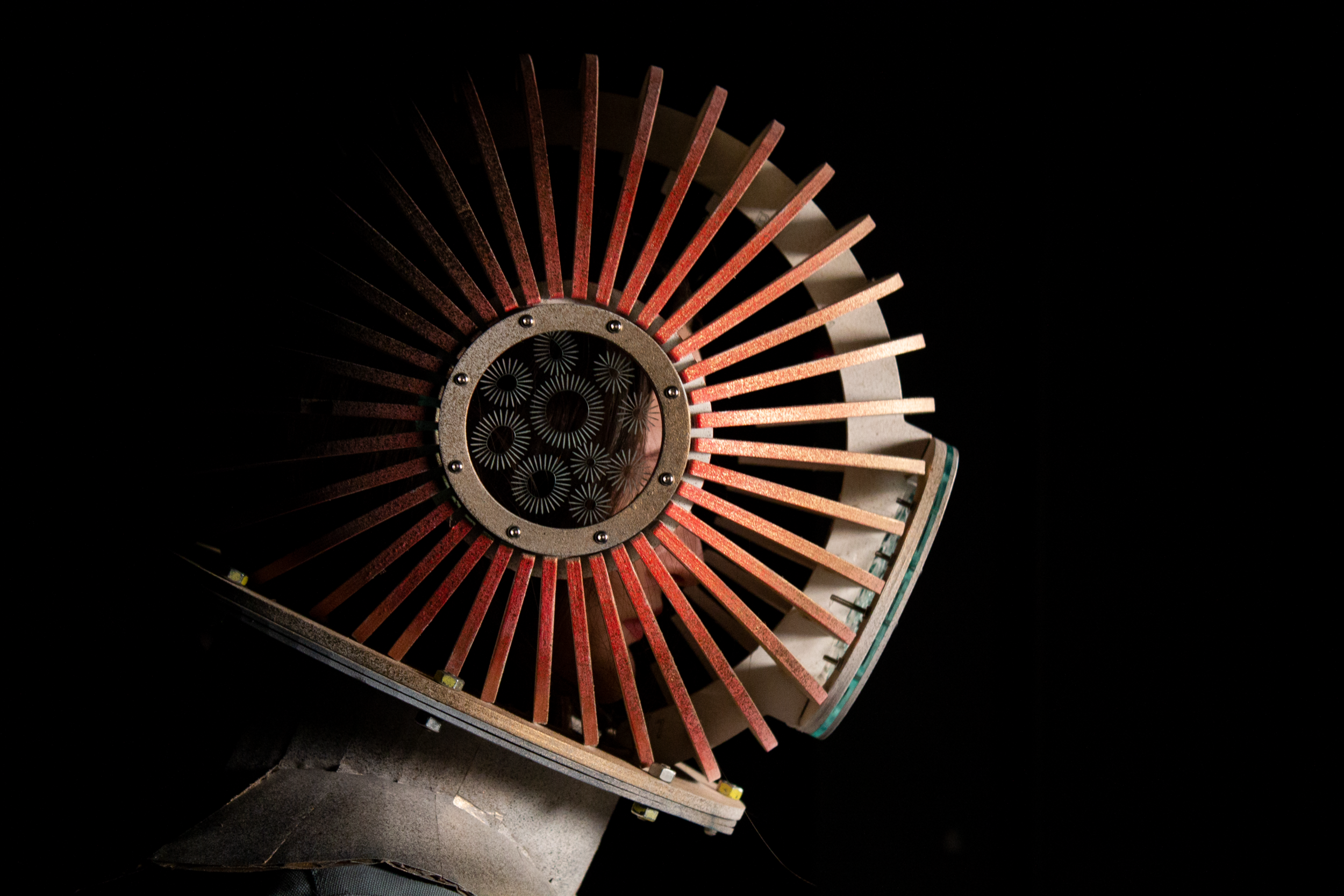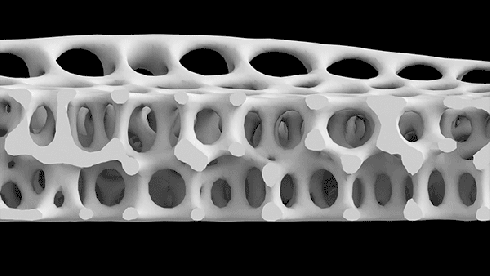John Edmark
Blooms: Strobe-Animated Sculptures

Today, I will be taking a look at John Edmark’s 3D printed sculpture, Bloom. These sculptures are designed to animate when spun under a strobe light. The animation is achieved by progressive rotations of the golden ratio. This project caught my attention because it is mostly inspired by nature, through his use of the golden ratio which can be found in pinecones and sunflowers. The sculpture is satisfying to look at, but also very discomforting at the same time. The movement and flexibility from a plastic object is very provocative and unexpected. I believe that the author used some sort of an intricate variable system to map out the shapes before 3D printing. The creator’s artistic sensibilities are present in the final form not only through the visually appealing outcome, but also his careful and intentional use of scale, and proportions to create these kinetic sculptures.
View portfolio here
![[OLD FALL 2020] 15-104 • Introduction to Computing for Creative Practice](https://courses.ideate.cmu.edu/15-104/f2020/wp-content/uploads/2021/09/stop-banner.png)




